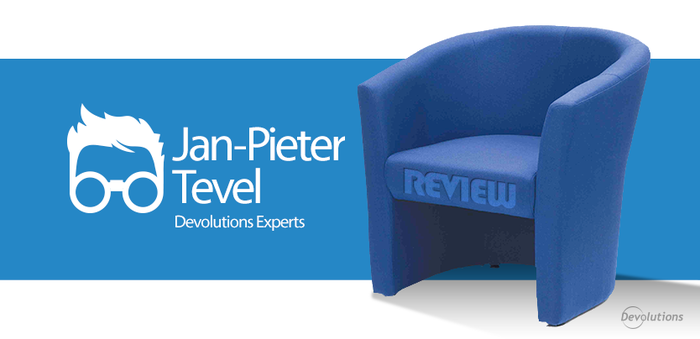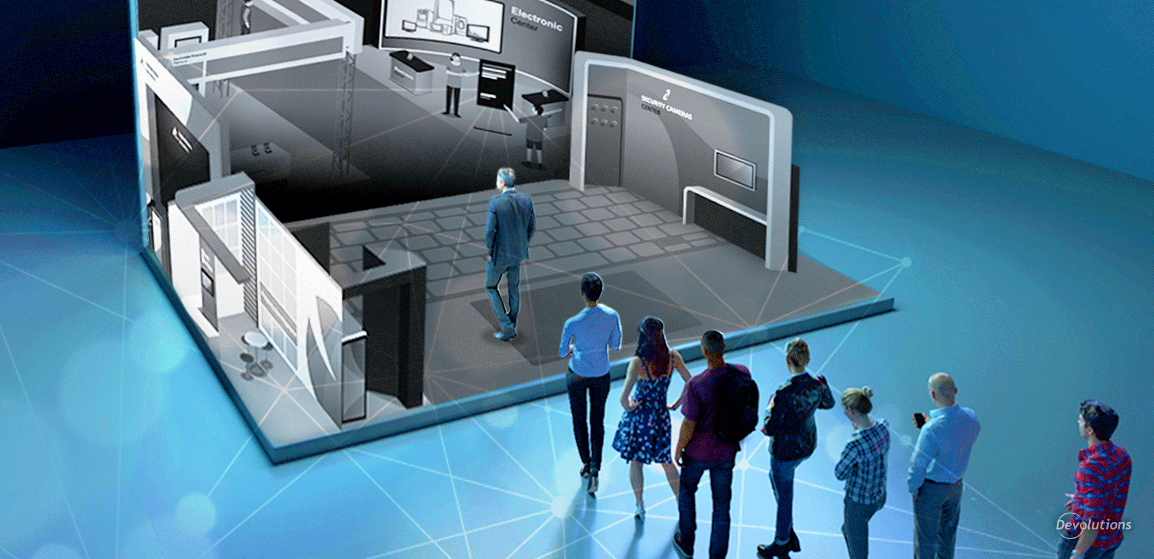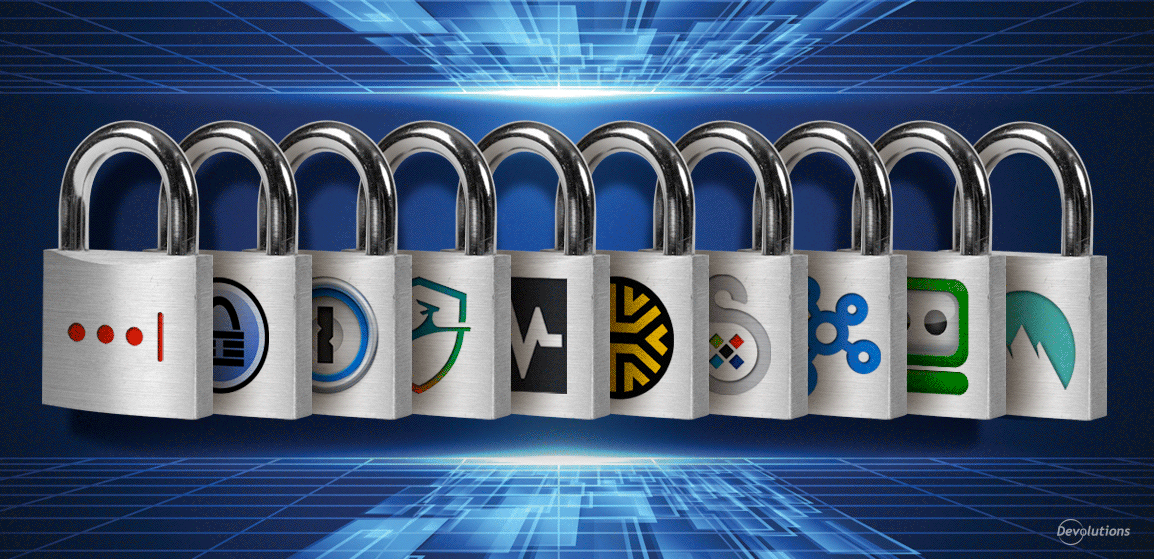We asked Devolutions experts to share their first impressions of RDM 10, so we could feature them in our blog. In december, we presented you Brendan Thompson’s review, an IT expert and CEO of BT Systems in Brisbane, Australia and Daniel Bizon's review, IT expert and Senior Systems Administrator III of STG, Inc. in Reston, United States.
This week, we're proud to introduce you another Devolutions expert: Jan-Pieter Tevel, Senior Database Consultant of Ciber (NL) Ltd, in Eindhoven, Netherlands.
How do you use RDM in your organization?
**To achieve compliance, efficiency, data back-up and customer service goals, we use RDM for sever connections, credential management and logging. ** Also, we have assigned specific, secured folders to various teams, ranging from developers to administrators. We have also introduced folders with more general security groups for those that are accessed by multiple teams. For example our server department has all RDM-maintained servers in a specific folder, and they also have access to a general folder where everyone else has read rights so they can copy data from these entries, or use them by overriding settings on a personal level. In addition, our teams are using RDM to set user specific settings for userIDs and passwords.
What are your first impressions of RDM 10?
Our first impressions are positive. RDM 10 is faster, though at some points it’s not delivering the speed that everyone would like to see -- especially when starting up RDM, switching from the private vault back to the main sessions/credentials, and after editing (including getting the properties and not changing anything).
What do you like about RDM 10 compared to previous versions?
The main improvement as far as we are concerned, is the way the offline database is handled. Since our RDM setup can sometimes be slower than we’d like (as mentioned above), our users can now use the offline mode (set to read/write for all). In RDM 9 this was a problem, because the offline database could get corrupted. When that happened, the only workaround was to delete it and rebuild the offline database.
Globally, RDM 10 feels more robust and the interface looks more professional (though the Windows 8 buttons are not to everyone taste).
What would you like to see in future versions of RDM?
We are already using RDM 10’s enhanced new features. However, in the future we think the following improvements would be helpful:
- Add a private key option in the private vault, with a user override option. This option is a must for some of our teams, as certain connections only allow connections via a private key and a personal user.
- For compliance purposes, add more built-in reports (even simple ones, such as ones that list: who is in a certain security group; who has been added, edited or removed over a period of time; and which entries have been added, edited or deleted over a period of time).
- Also for compliance purposes, enhance the global search on the audit log (i.e. the log containing the actual usage of the entries).
- And again for compliance purposes, allow both offline and online changes to be dated.
- Better offline (i.e. using RDM in offline mode) support. This could include better detection for corrupted offline databases, automatic database rebuilding, or even just having a pop-up or warning that the local database requires a rebuild.
- And all improvements as to improving the feel of RDM, and especially the response times, are welcome.
Why would you recommend Remote Desktop Manager to other IT experts?
I would recommend RDM for its large amount of options and plugins, the security possibilities, the logging/audit facility, centralized database support and last but not least the good and fast support.




